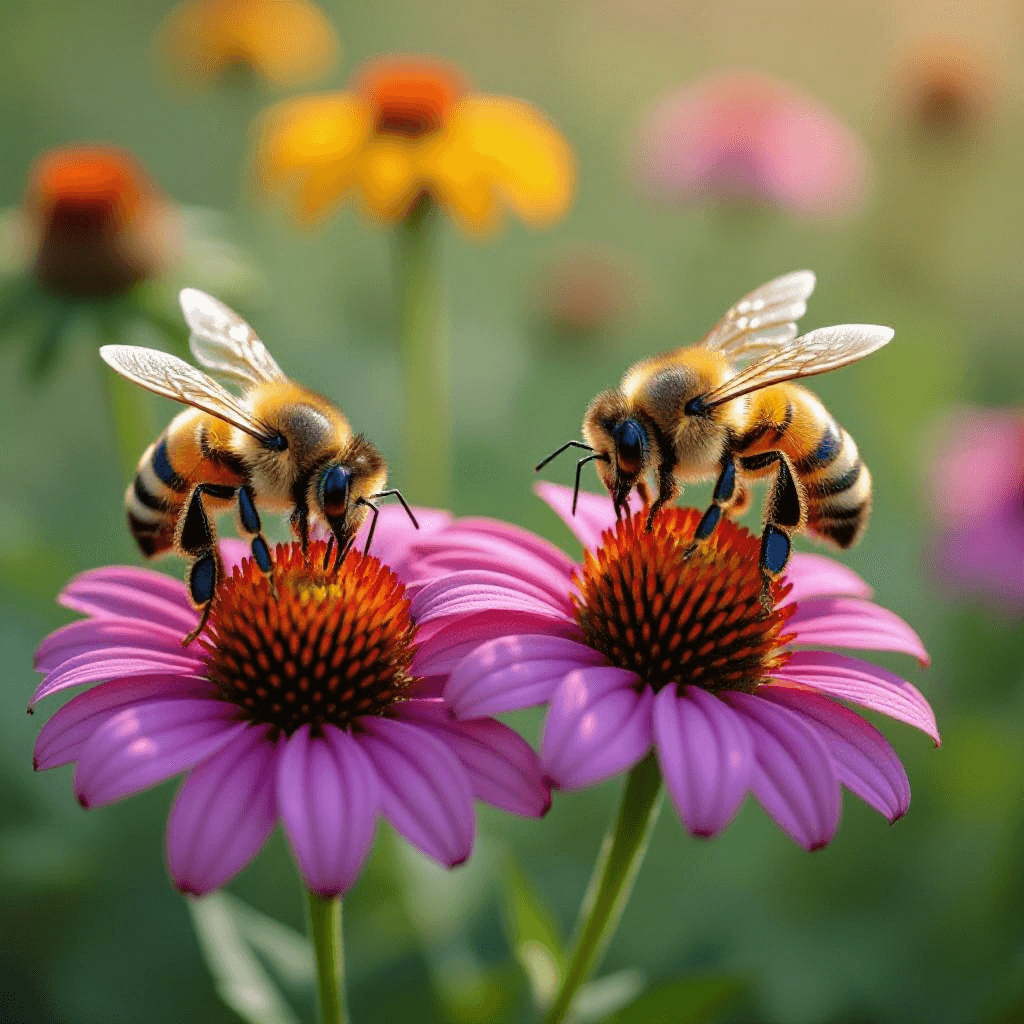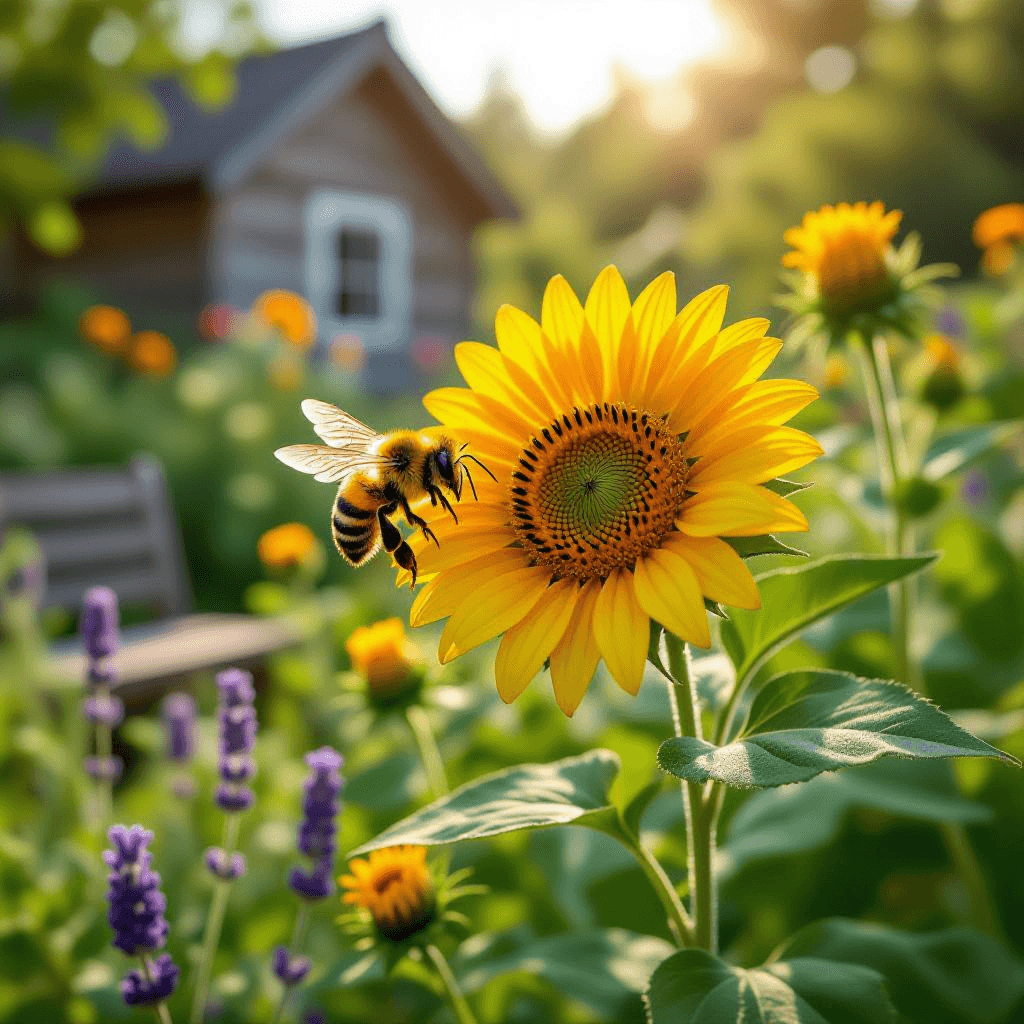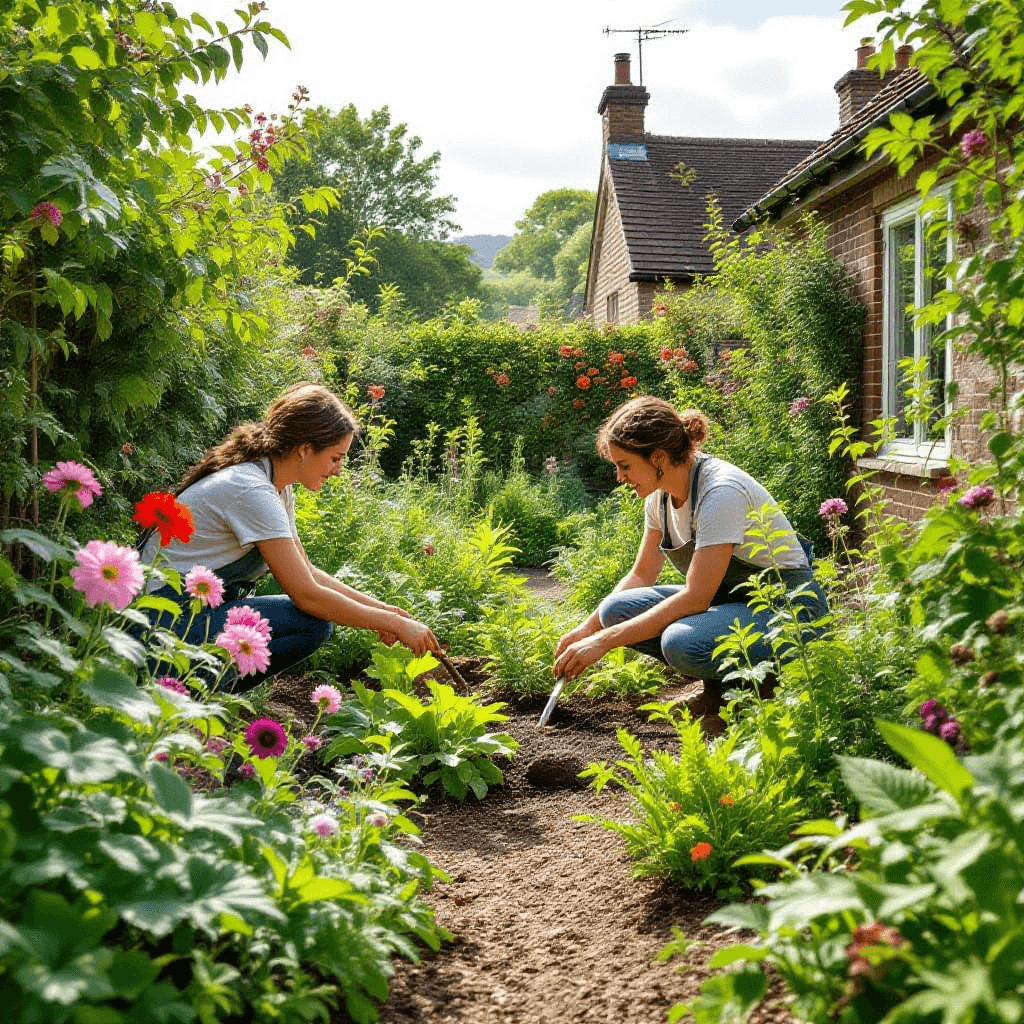Understanding the Importance of Wildlife in Your Garden
Wildlife plays a crucial role in maintaining ecological balance, particularly in gardens, where the interaction between flora and fauna fosters a vibrant ecosystem. In the UK, gardens serve as vital habitats for various species, including insects, birds, and mammals. One significant aspect of this interaction is the relationship between flowering plants and pollinators, such as bees and butterflies. These creatures not only contribute to the health of gardens but also promote biodiversity, which is essential for the resilience of ecosystems.
Pollination is a fundamental process that enables plants to reproduce, thereby ensuring the continuation of plant species. Insects, especially bees, are among the most effective pollinators, transferring pollen from one flower to another, which leads to the formation of seeds and fruit. The decline in bee populations has raised concerns regarding food production and biodiversity. By creating wildlife-friendly gardens, gardeners can help sustain these essential pollinators, consequently supporting the overall health of surrounding ecosystems.
Moreover, beneficial insects also play a pivotal role in natural pest control, reducing the need for chemical pesticides that can harm wildlife and deplete soil health. Species such as ladybugs and lacewings feed on pest insects, helping to maintain an ecological equilibrium. By fostering a diverse range of plant species, gardeners can attract these beneficial insects, ultimately leading to a more productive garden.
Additionally, enhancing biodiversity within gardens can bolster resilience against environmental changes. Healthy ecosystems exhibiting a rich variety of life forms are better equipped to withstand challenges such as climate change or disease outbreaks. Promoting wildlife within gardens not only enriches one’s outdoor space but also contributes to global efforts in conservation and sustainability. Engaging with nature through garden design can create an environment where plants and wildlife thrive together, ensuring the health and vibrancy of our natural surroundings.
Selecting the Right Plants for Wildlife
Choosing the right plants is essential for creating a wildlife-friendly garden that attracts a variety of beneficial creatures, including bees, butterflies, and other insects. Native plants are particularly effective as they are well-adapted to local environmental conditions and provide essential food sources for native wildlife. Incorporating a range of native flowering plants can help create habitats that support numerous beneficial species. Popular options include lavender (Lavandula), cornflower (Centaurea cyanus), and foxglove (Digitalis purpurea), all of which are known for their appeal to pollinators.
In addition to flowering plants, herbs can also attract beneficial insects while adding culinary value to your garden. Plants such as thyme (Thymus), rosemary (Rosmarinus officinalis), and mint (Mentha) serve dual purposes; they attract bees and butterflies when allowed to flower and can be harvested for use in cooking. Furthermore, shrubs like holly (Ilex) and hawthorn (Crataegus) provide berries that support birds and other wildlife during the colder months. Planting a mixture of these species ensures that your garden remains vibrant and inviting throughout the seasons.
Plant diversity is critical, as different species bloom at various times, providing continuous food sources for wildlife. Consider creating layered plantings, with taller plants at the back and shorter ones in front, to mimic a natural habitat. This arrangement not only enhances visual appeal but also offers shelter for butterflies and ground-nesting bees. Additionally, leaving some areas of the garden wild, with dense planting and undisturbed spots, can create safe havens for various creatures. By thoughtfully selecting and arranging your plants, your garden can become a thriving ecosystem that supports bees, butterflies, and other essential insects.
Creating Habitats and Nesting Sites
Creating a wildlife-friendly garden involves designing spaces that provide safe habitats and nesting sites for various beneficial creatures. A key element in attracting wildlife is to furnish your garden with structures that cater to specific needs of different species. For instance, bee hotels are an excellent addition for solitary bees, such as mason bees and leafcutter bees. These hotels can be made using untreated wood and bamboo tubes, arranged in a sunny location protected from harsh winds. By maintaining these hotels, you enable bees to nest effectively, enhancing pollination in your garden.
Another engaging component for a wildlife-friendly garden is the establishment of butterfly puddling stations. Butterflies are attracted to moist areas where they can extract essential minerals and nutrients. To create a puddling station, simply place a shallow dish filled with sand and water, adding pebbles for the butterflies to perch upon. This simple setup encourages butterflies to visit, promoting not only their well-being but also enhancing the aesthetic appeal of your garden through their vibrant presence.
In addition to these specialized habitats, utilizing natural materials is a practical approach to fostering biodiversity in your garden. Logs and stones can be arranged to create natural shelters, serving as homes for small mammals and beneficial insects. Left undisturbed, leaf piles act as both compost and protective cover for minibeasts during colder months. This not only enriches the soil but also provides a robust ecosystem for organisms that contribute to a balanced garden. By incorporating these natural materials into your design, you support local wildlife and create a dynamic environment that thrives with activity.
Adopting Wildlife-Friendly Gardening Practices
To create a garden that is truly beneficial for wildlife, it is essential to adopt practices that prioritize the health of both plants and local ecosystems. One of the foremost steps in this regard is to avoid the use of chemical pesticides and fertilizers. These substances can be detrimental to various beneficial insects, such as bees and butterflies, which are crucial for pollination and maintaining ecological balance. Instead, consider implementing organic gardening methods that emphasize natural solutions for pest management and plant nourishment.
For instance, planting companion plants can help deter pests naturally, while enriching the soil with organic compost can improve its nutrient content without the side effects associated with synthetic fertilizers. Composting not only recycles kitchen and garden waste but also enhances soil health, fostering a thriving environment for earthworms and other beneficial organisms. This contributes to a more sustainable ecosystem within the garden.
Furthermore, rainwater harvesting can play a significant role in wildlife-friendly gardening. By installing rain barrels, gardeners can collect and utilize rainwater for irrigation, reducing reliance on municipal water supplies and lowering water usage. This method also helps to maintain a more stable moisture level in the garden, which is beneficial for various plant species that attract wildlife.
Patience is key in wildlife gardening. Understanding the role that each creature plays in the garden ecosystem can take time. Observing how different species interact with your plants will promote appreciation for the natural process and encourage coexistence. Rather than seeking instant results, gardeners should embrace the gradual development of a biodiverse landscape that attracts and supports a variety of wildlife. By integrating these practices, one can significantly enhance the ecological value of their garden, contributing positively to the local environment.


